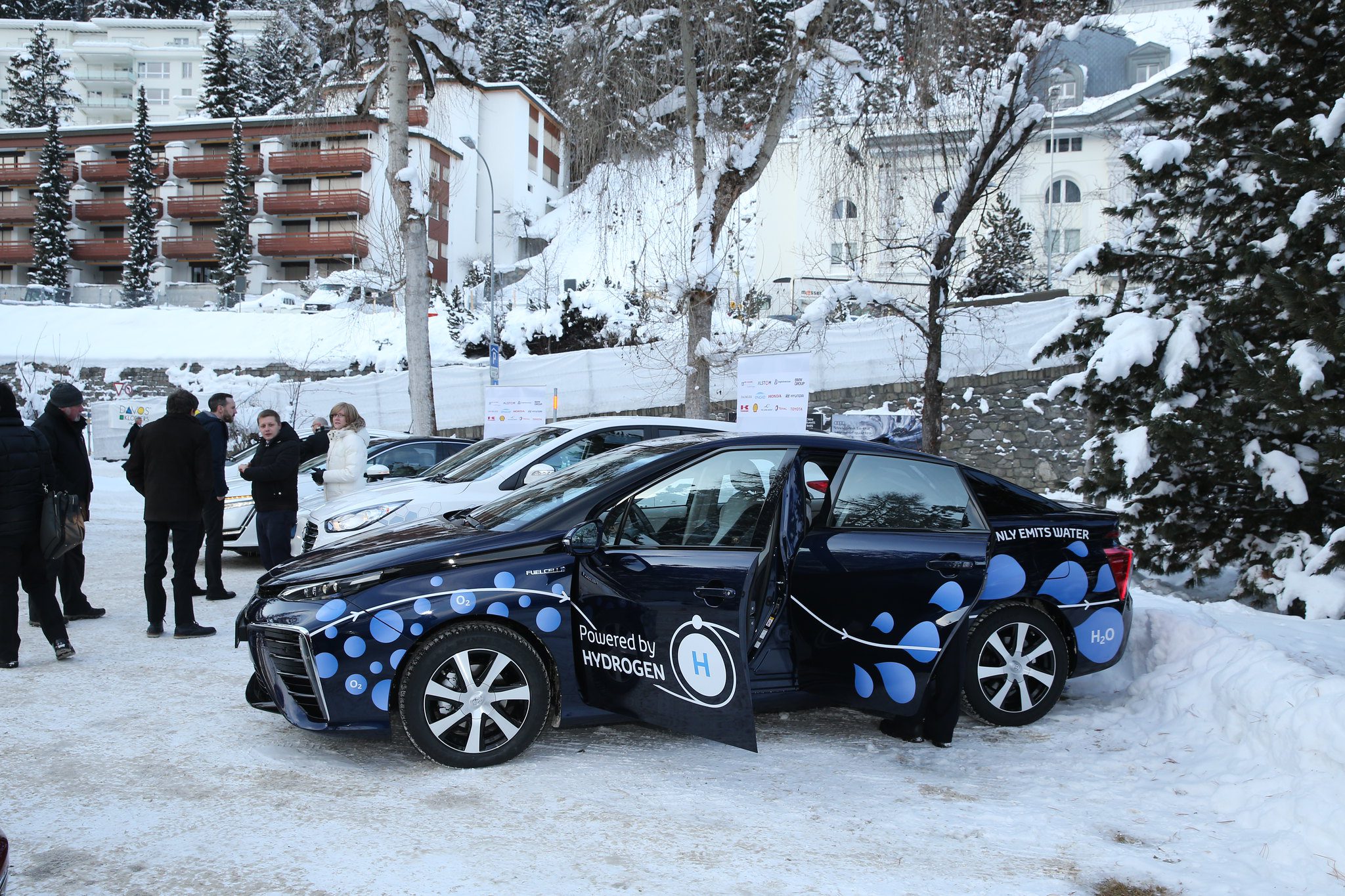Something a significant number of people get wrong about the emissions situation is the idea that the problem comes from a single molecule. Perhaps this is because of what we learn about human anatomy growing up, specifically how the respiratory system functions. We know that when we breathe in, our lungs are taking in the oxygen from the air, and when we breathe out, we are expelling that non-breathable carbon dioxide back into the atmosphere.
As we learn about environmentalism and atmospheric pollution a few years later, we naturally assume that the carbon dioxide buildup exceeds the amount that can be taken in by trees or other absorption methods. This idea is reinforced by headlines that discuss things like “carbon capture” or “carbon sequestration” as ways of solving changes to the climate.
What we don’t discuss enough is emissions from farming, specifically the impact of livestock and their methane emissions on the atmosphere. Though carbon dioxide is present in greater quantities, methane has a disproportionately large effect on furthering the greenhouse effect. It has a warming impact on the environment that is as much as 80 times greater than that of carbon dioxide, making that relatively small overall emissions level pack a far greater punch than many of us realize.
Farmers have begun to adjust to this by building or leasing various biodigesters that break down animal waste and manure into semi-usable forms of energy, but the process is still far from perfect. While the biogas produced has the potential to be used as heat energy, there haven’t been a lot of other applications for it.
Now, a Seattle-based startup with a fresh take on the methane issue has started to generate some buzz from the venture capital side. In collaboration with the Qualco Energy partnership, Modern Electron has developed a new method that it claims can take the biodigester operation one step further.
By employing a technique called methane pyrolysis, Modern Electron researchers have been able to break down manure-based biogas and isolate the base hydrogen element from the rest.
Methane molecules are formed by bonding a single carbon atom to four hydrogen atoms. This new process can break that down into hydrogen gas and solid carbon in the form of graphite, the substance that serves as the basis for commonly used pencils.
While demand for biogas is relatively low, hydrogen is incredibly highly sought-after in a time when hydrogen batteries are considered by many to be the energy staple of the future. International control over mining rare earth metals like lithium and cobalt makes the reliable long-term manufacturing of conventional electric vehicle (EV) batteries somewhat tricky to navigate.
Additionally, hydrogen batteries have been discussed as a possible way of creating a mobile EV charging network not relying on the local power grid and thus more flexible with changing population distributions over time. If companies like Modern Electron can get us closer to a dependable method of hydrogen generation, the outlook on battery availability will improve drastically.
The potential of methane pyrolysis proved similarly intriguing for executives at Qualco, which currently operates an industrial-scale anaerobic biodigester that processes more than 80,000 combined gallons of manure and food waste daily. “When Modern Electron came to us, we were intrigued by the idea of stripping the gas down to pure hydrogen. That’s the cleanest burning substance there is,” said Daryl Williams, Qualco’s president. “We’re trying to get the carbon out of the air and into the soil where it belongs.”





